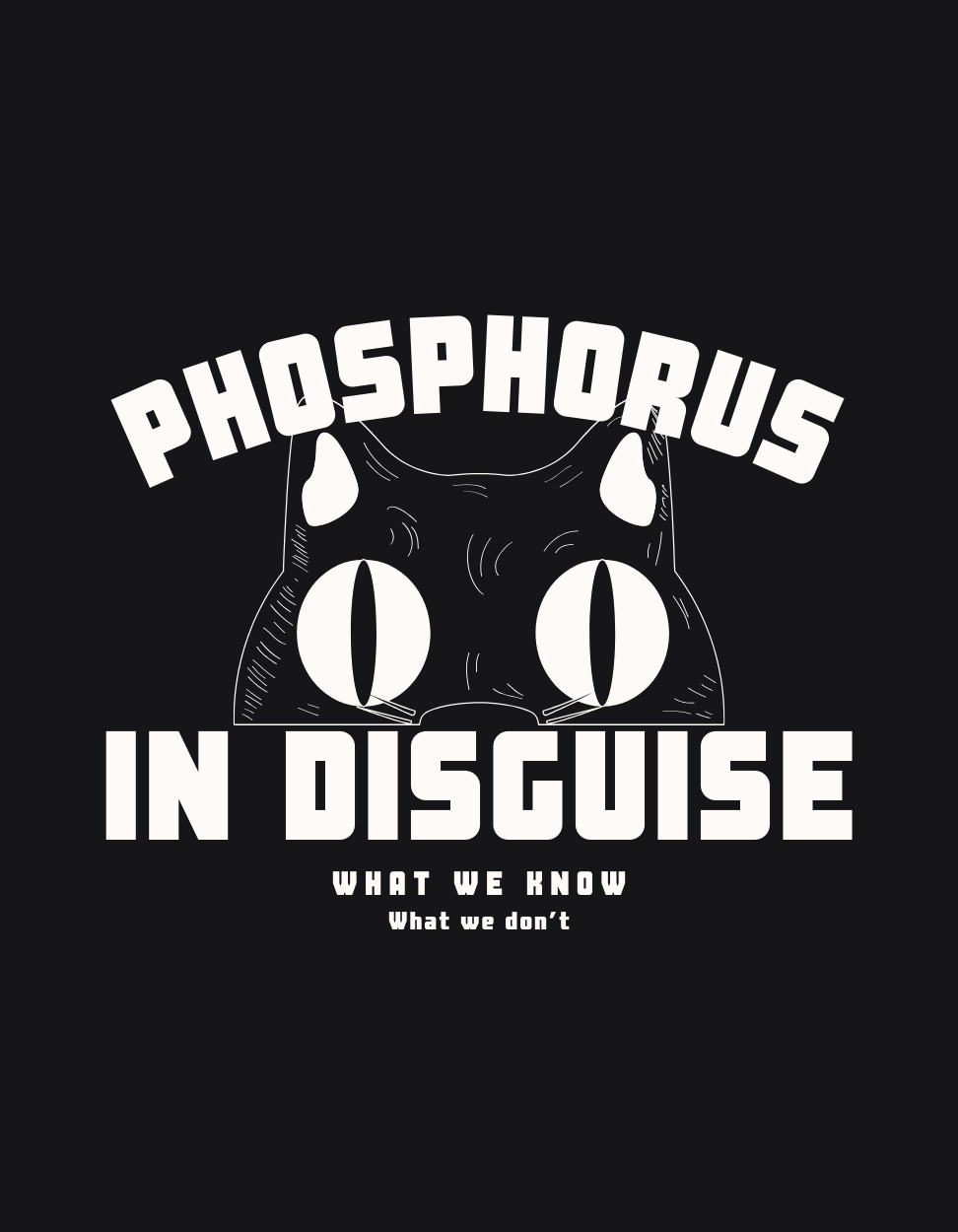I gave a presentation a little while ago for the Canadian Association of Nephrology Dietitians where I was talking about this paper that I wrote as part of my PhD.
I received a follow up question – wondering if we need to worry about phosphorus additives that don’t have the term “phos” in the name for our patients needing low phosphorus diets.
What are “other” phosphorus additives?
Most renal dietitians (and patients) are probably familiar with phosphorus additives such as phosphorus acid, sodium phosphates or potassium phosphate. In fact, a lot of phosphorus handouts recommend label reading for the term “phos”.
But did you know, not all additives that contain phosphorus have the term “phos” in them?
One of the most comprehensive lists of phosphorus containing food additives I have seen was published in this article. Specifically, in the supplemental material there is a table of all the additives that they were looking for that contained phosphorus.

However, before we all print off this table and start giving it out – we need to pause. At this point we don’t know if these additives are actually associated with increased phosphorus content.
What do we know about how these additives change phosphorus content?
Not much really!
In my PhD I used the USDA Branded Foods Product Database to look for phosphorus additives and see how additives were changing phosphorus content. One phosphorus additive, Lecithin, was found in 39% of foods! However, lecithin is only 26% phosphorus. It also didn’t appear to be associated with increased phosphorus content in foods.
I didn’t look at the other phosphorus additives listed in that table as part of that paper – so I can’t comment on them.
But, as it stands, for lecithin, a super common phosphorus additive, I am not sure if this finding was real or not. A big challenge is that I think the nutrient reporting for phosphorus in many databases is wrong. Especially foods that contain additives.
So at this point we really don’t know – do these additives change phosphorus content? If yes, then patients may need to be advised to avoid them. If not, then our patients have enough to worry about, and I don’t want them to worry about memorizing yet another list.
My experience in clinical practice
All that being said, I had a patient who had persistently high phosphorus levels. She was VERY diligent and worked so hard at her diet that we did end up looking for the non-traditional phosphorus additives. We discovered that her bread contained lecithin. She typically had 2-4 slices per day (toast for breakfast and a sandwich at lunch). She switched to a lecithin free bread and her hyperphosphatemia resolved. Now whether or not this was just happenstance or the bread, I don’t know.
Take Aways
- Not all phosphorus additives have the term “phos” in the name
- It is possible that these additives could be increasing the phosphorus content of foods – but we don’t know
- For the right patient who is really struggling with their phosphorus levels and keen to do some digging – seeing if they are inadvertently consuming these non-traditional PO4 may be worth the work. If it helps the hyperphosphatemia resolve – great. If not, then they can probably add those foods back in.
If anyone starts trying working with patients using this more comprehensive list of phosphorus-containing additives – let me know! I think these types of “Case Studies” may be some of the best we have to go on for now.



3 thoughts on “Do phosphorus based additives that don’t have “phos” in the name need to be restricted on low phosphorus diets?”